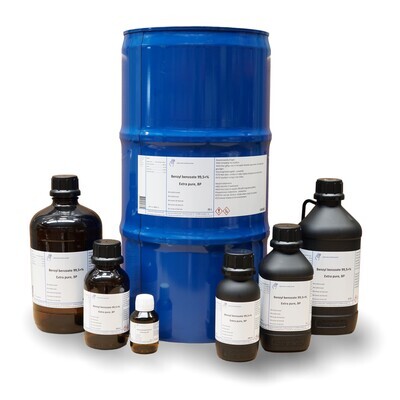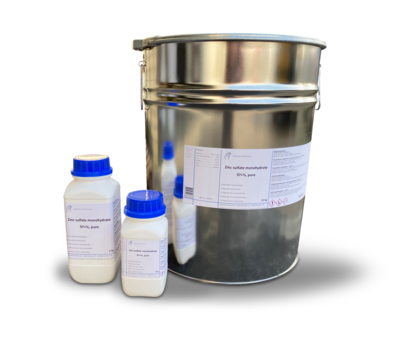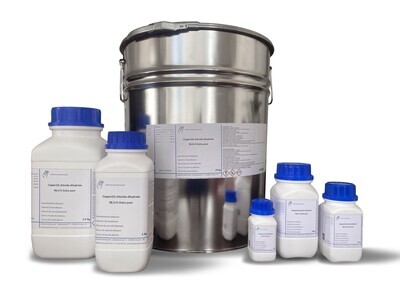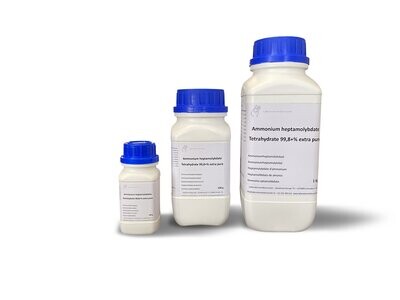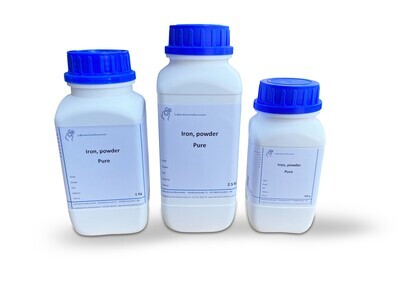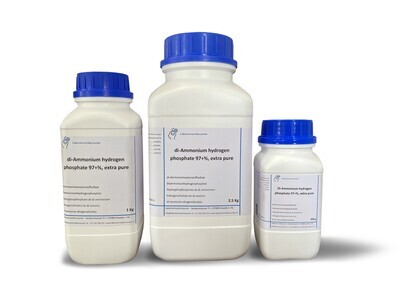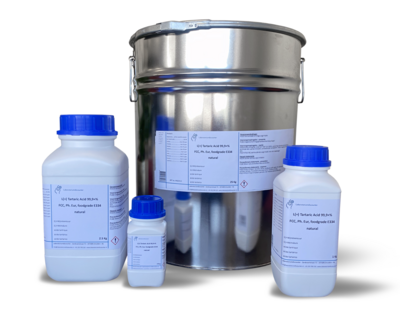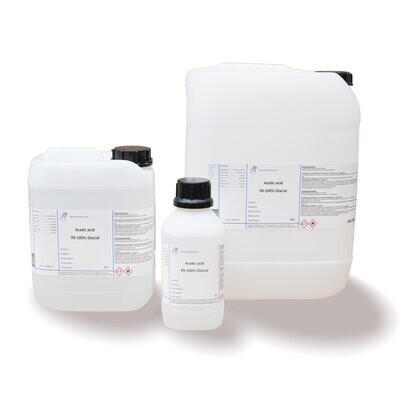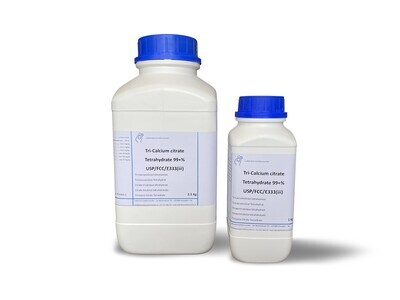Verzending 24–48 u • Levering in de hele EU • Veilige chemieverpakking
Hafnium oxide dichloride hydrate 98+% 100 g
SKU 004011
€ 246,51
In stock
1
Save this product for later
Hafnium oxide dichloride hydrate 98+% 100 g
Product Details
CAS number: 13759-17-6
Chemical formulas: HfOCl2 . 8H2O/ F.W. 409.52
Cation: Hf
Packaging: 100 g
EAN: 8721028227287
Brand: Laboratoriumdiscounter
Hafnium oxide dichloride hydrate is a rare compound used in various industries for its unique properties. With its high melting point and excellent thermal stability, it is often employed in the production of ceramics and refractory materials. Additionally, its ability to act as a catalyst in certain chemical reactions makes it a valuable component in the pharmaceutical and chemical industries. Explore the potential of hafnium oxide dichloride hydrate for your specific application and benefit from its exceptional characteristics.
When working with Hafnium oxide dichloride hydrate, it is important to follow proper safety precautions to minimize the risk of accidents or exposure. Here are some short safety instructions to consider: 1. Personal Protective Equipment (PPE): Always wear appropriate PPE, including gloves, safety goggles, and a lab coat or protective clothing. This will help protect your skin, eyes, and clothing from potential contact with the chemical. 2. Ventilation: Work in a well-ventilated area or use a fume hood to prevent the inhalation of any fumes or vapors that may be released during handling or mixing. 3. Handling: Handle the Hafnium oxide dichloride hydrate with care, avoiding any spills or splashes. Use proper lab techniques and equipment, such as pipettes or spatulas, to minimize direct contact with the chemical. 4. Storage: Store the chemical in a secure, labeled container in a cool, dry place away from incompatible substances. Follow any specific storage instructions provided by the manufacturer. 5. Emergency Procedures: Familiarize yourself with the emergency procedures in case of accidental exposure or spillage. Know the location of safety showers, eyewash stations, and fire extinguishers in your work area. 6. Chemical Compatibility: Be aware of the chemical's compatibility with other substances. Avoid mixing it with incompatible materials, as this may lead to hazardous reactions or releases of toxic gases. 7. Training: Ensure that you have received proper training on the safe handling and use of Hafnium oxide dichloride hydrate. Familiarize yourself with the Material Safety Data Sheet (MSDS) or Safety Data Sheet (SDS) for detailed information on hazards, handling, and emergency procedures. Remember, these are just general safety instructions, and it is essential to consult the specific safety guidelines provided by the manufacturer or your organization when working with Hafnium oxide dichloride hydrate.
Please note, not all safety data for this product is available on our website, for a complete list of P en H sentences and other safety instructions please request the MSDS at our customer service
You May Also Like
End user declaration required
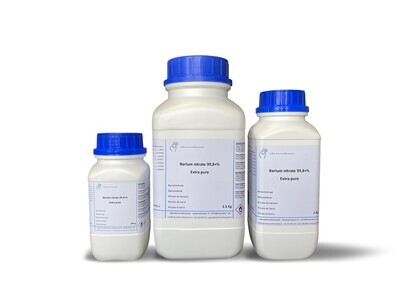
Barium Nitrate 99.8 +% Extra pure 250 gram
Barium Nitrate 99.8 +% Extra pure 250 gram
Only for registered companies
SKU BANO3983.1
€ 8,40
Display prices in:EUR

